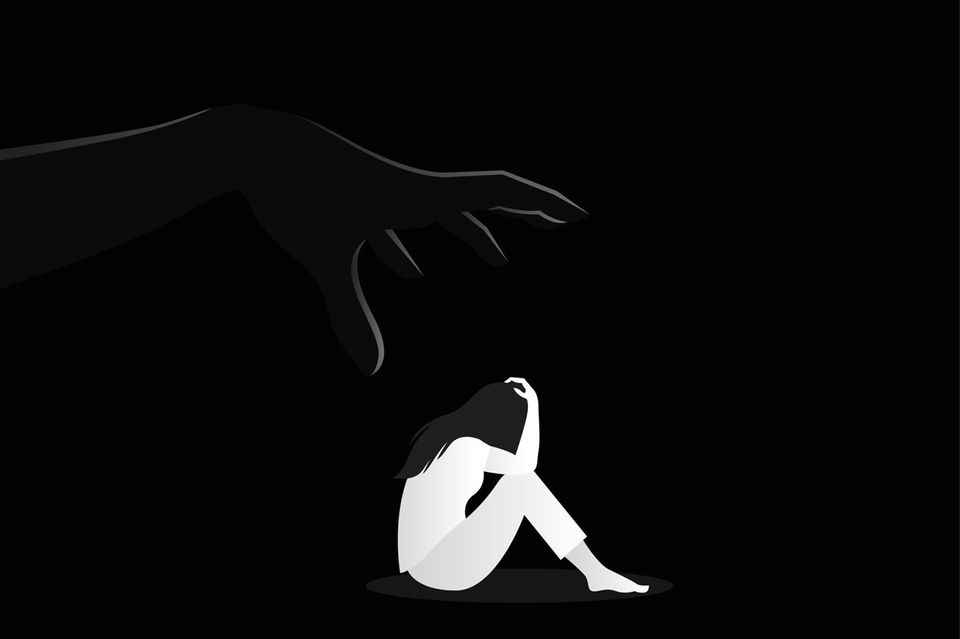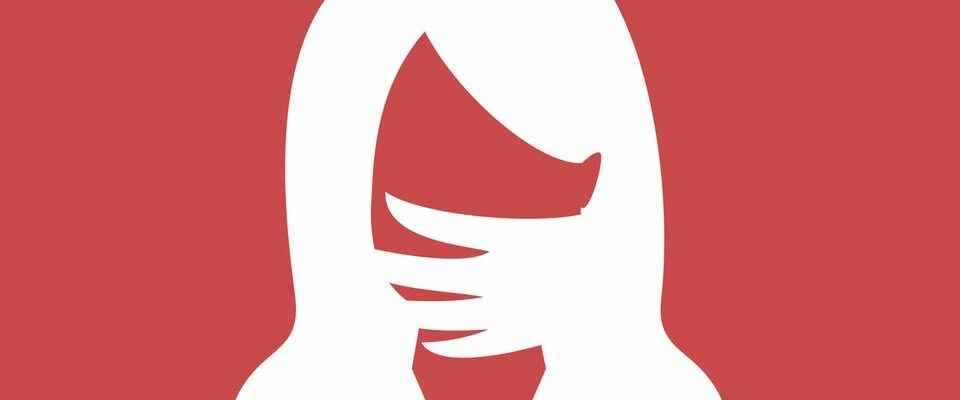There are many facets of sexualised violence – the worst part is that for many people it is part of everyday life.
Rape, sexual abuse, circumcision, domestic violence, forced marriage – these are not just wordsthat evoke horrible images in the mind or, even worse, trigger their own memories and traumata: For many people, these and other forms of (sexual) violence are a sad part of their existence. In Germany alone, one person falls victim to sexualised violence every eight minutesso the “White Ring”, but the number of unreported cases could be much higher.
When we talk about sexual violence, many of us primarily think of the rape of a woman – perpetrated by a man. And yes, this is a horrific, inhuman face of sexual violence. Unfortunately, it’s not the only one. Violence is perpetrated against other people by people of all ages and genders.
Today, November 25th, is the International Day for the Elimination of Violence Against Women – and we want, no, we want to have to show the facets that girls, women and so many other people suffer from every day. Because if you know that violence is being done to you or someone close to you, you can act, seek help, enlighten – and maybe even save lives.
What does sexualized violence mean? What are we actually talking about when it comes to sexual violence? © alfa / Adobe Stock
When does one speak of sexual or sexualised violence? According to the Federal Agency for Civic Education, there is no uniform definition of the term. “According to a broad understanding, which often underlies the work of specialized counseling centers, sexualized violence occurs when a person satisfies their own needs with sexual acts on another person against their will.” According to the Federal Agency, this ranges from verbal sexual harassment to rape.
In a study on the subject of sexual violence, it is defined as “any violation of the physical or mental integrity of a person which is related to the gender of the victim and perpetrator”. The study also includes verbal and/or written actions such as attacks on the Internet. The term “sexual violence” is used in the study to emphasize that the problem in this context is not sexuality, but “violent action”.
Not only by different institutions, but also in research and in criminal law, the term is further differentiated according to different logics and divided into different terms.
The many different forms of sexualized violence Sexualized violence takes many forms © Truncus / Adobe Stock
Sexual violence has many facets. Important: The order of the listed forms is not intended to represent a scale – from “not so bad” to “particularly terrible”. Discussing sexualised violence should not be about which victim was subjected to the most horrendous violence, or that one form of violence is worse than the other.
Debates with this premise all too quickly distract from the real problem: that violence is being committed at all. There is also a risk that certain forms of violence will be relativized in comparison to others (according to the motto: “That was just a kiss, don’t be so rude”). It must be a matter of clearly naming such incidents as violence, preventively preventing them or at least dealing with them when they occur.
– Stalking –
“Stalking” means the repeated persecution or harassment of a person, threatening, stalking and/or terrorizing against their will up to physical or psychological violence. People of all ages, sexes, professions, religions and nationalities are affected, with an above-average number of women being affected, according to police advice, and in 75 percent of cases those affected know the stalking person.
In such cases, it is advised to contact the police and file a report if the stalker constitutes a criminal offense or poses a threat to the victim. There are also specialist advice centers that stalking victims can turn to.
– Sexual exploitation in (professional) dependency relationships –
The UN refugee agency UNHCR defines sexual exploitation as the attempted or actual abuse of the situation of vulnerable people. These can be, for example, people who are dependent on the perpetrators in some way. “Relationships of power and trust are abused to obtain sexual favours, including but not limited to offering money or other social, economic or political benefits,” UNHCR said. Human trafficking and prostitution are also included.
– Sexual harassment (at work) –
The term sexual exploitation is distinguished from sexual harassment, which according to the UNHCR means the following:
- any unwanted sexual advances
- any request for sexual favors
- verbal or physical actions
- gestures of a sexual nature
- any other conduct of a sexual nature that results in an insult or humiliation to the other person
– Sexual violence in partnership and marriage –
While men in couple relationships are predominantly exposed to psychological violence, women experience more physical (32 percent) and sexual (13 percent) violence, according to the state center for political education in Baden-Württemberg. Sexual violence becomes a problem when the “limits of voluntariness are violated when people are sexually abused,” writes the federal association “Pro Familia”.
– Rape and sexual assault –
The counseling center against sexualized violence in Bonn defines rape as “any penetration into the body or attempted penetration into the body of a person without their consent”. Sexuality will be considered in this act “Means used for demonstration of power, humiliation and subjugation of people”.
In 2021, the Federal Criminal Police Office recorded 9,903 cases of rape, sexual coercion and sexual assault, of which 85.4 percent could be cleared up – but these are only cases that were reported to the police. “Not even every 15th offense is reported to the police,” says a press release from “Weißer Ring” with reference to criminological studies.
Who can those affected contact?
Depending on the form of sexual violence, there are many contact points that victims, those close to them and also the perpetrators can turn to. These include, among other things:
- That Helpline “Violence against women” is a nationwide advisory service. At the number 08000 116 016 and under www.hilfetelefon.de you can get advice anonymously and free of charge.
- Sexual abuse help line (nationwide, free of charge and anonymous) on Tel. 0800 22 55 530, www.hilfe-telefon-abuse.online
- number against grief, free hotline for children and young people (nationwide, free of charge and anonymous), Tel. 116 111, www.nummergegenkummer.de
- Sexual assault help is also available on the website trau-dich.de
Sources used: bmfsfj.de,frauenberatung.ch,weißer-ring-stiftung.de,frauen-against-violence.de, beltz.de, bpb.de, polzei-beratung.de, unhcr.org, lpb-bw.de , profamilia.de, ndr.de, beratung-bonn.de, bka.de, fra-europa.eu

